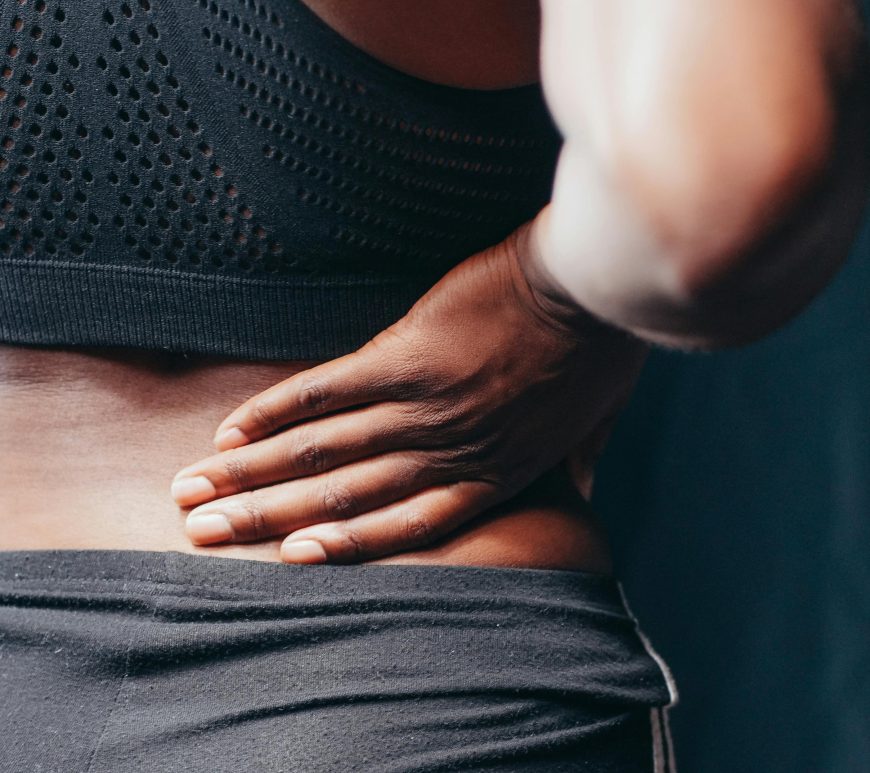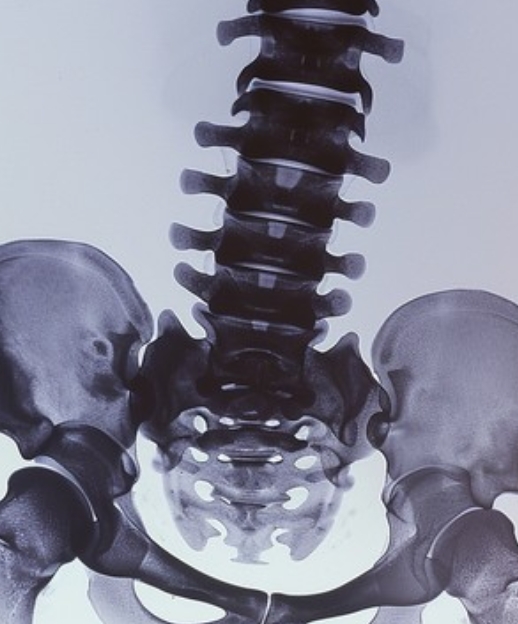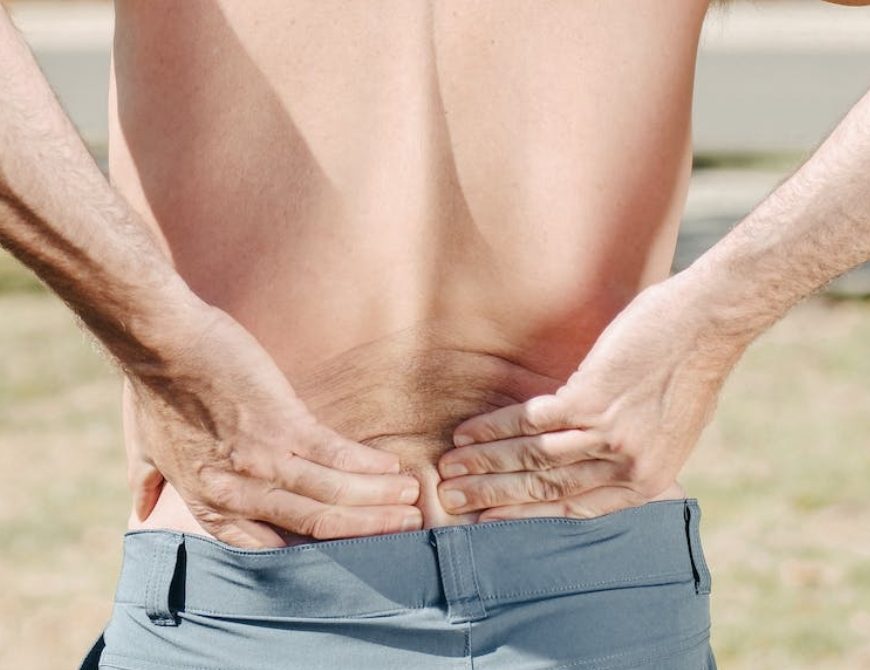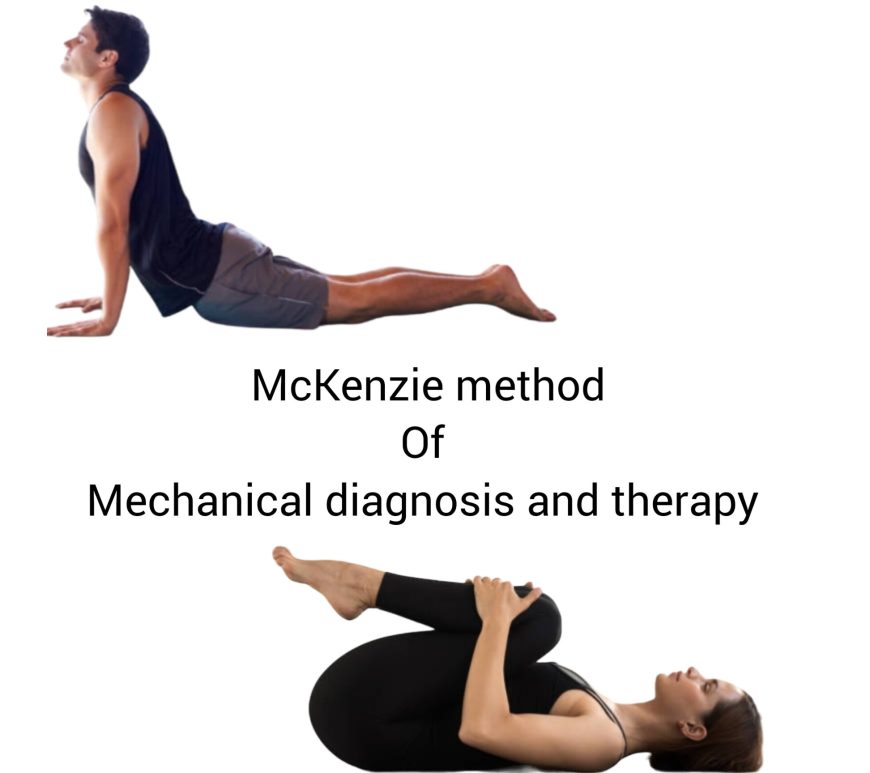
Is the McKenzie method enhanced with MET the key to relieving chronic back pain?
Chronic low back pain (LBP) affects millions worldwide, driving a persistent search for more effective treatments. A recent study highlights a promising new approach that combines the McKenzie method with Muscle Energy Technique (MET) to enhance spine function in patients suffering from chronic LBP. In 2015, the research conducted by a team of scientists led by Paweł Szulc and Michał Wendt, involved 60 participants, both … Continue reading Is the McKenzie method enhanced with MET the key to relieving chronic back pain?


